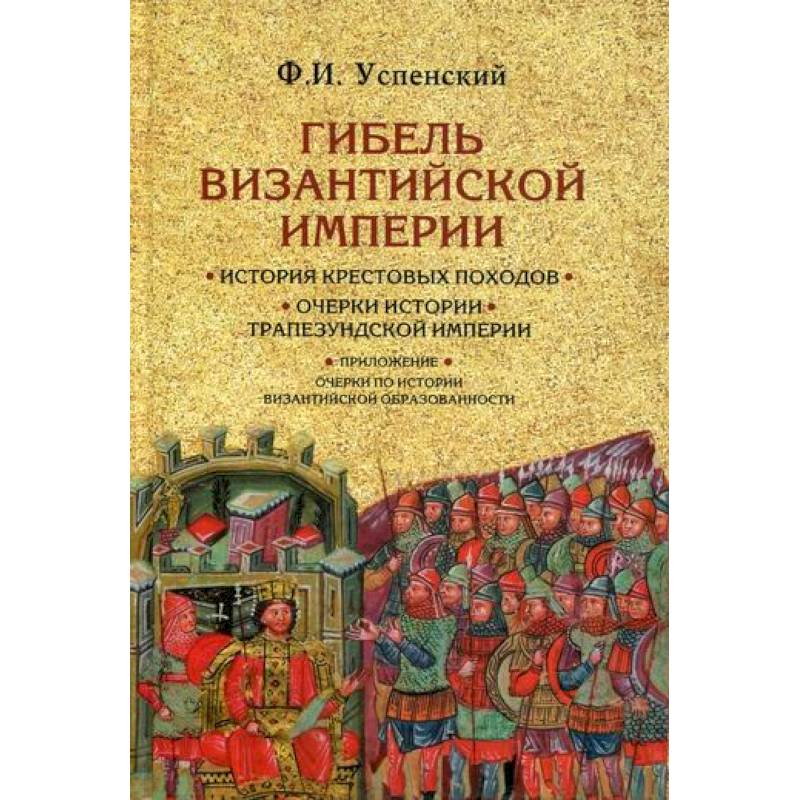The fall of the Byzantine Empire
Please sign in so that we can notify you about a reply
A collection of works by the famous Russian Byzantineist F.I. Uspensky is dedicated to the final stage of the history of the Byzantine Empire. “History of the Crusades”, written more than a hundred years ago (the first edition was published in 1901), not only in detail talks about how the Crusades took place, but also gives a fairly deep analysis of their causes and consequences for both world history and so that for the history of the church. The work “Essays on the history of the Trapezund Empire” tells of an important stage in the life of the Greek East after the fourth crusade. As a result of this campaign at the beginning of the XIII century. Along with other powers that arose on the fragments of the former Byzantine Empire on the southern coast of the Black Sea, a new state is formed, which lasted 250 years, from 1204 to 1460, thereby surviving the fall of Constantinople. At the head of the newly formed empire, the offspring of the Byzantine imperial surname Komninov, who received the name of the Great Comnins and brought with them the ideology of the Byzantine imperial power, stood up. But, perhaps, the most important point is that in the Trapezund Empire it was possible to fully maintain the features of the so -called “Rome civilization”: Greek, culture, imperial Orthodoxy, as well as the traditions of the Byzantine administration. In the application to the book, the work of F.I. Uspensky, dedicated to the analysis of the phenomenon of Byzantine education, the formation of man in the Byzantine Empire. It is addressed to young scientists and students of humanitarian universities, as well as all readers interested in the history of states and peoples of the Orthodox world
Author:
Author:Успенский Ф. И.
Cover:
Cover:Hard
Category:
- Category:Biographies & Memoirs
Publication language:
Publication Language:Russian
Paper:
Paper:Offset
Age restrictions:
Age restrictions:12+
ISBN:
ISBN:978-5-902833-55-0
No reviews found
